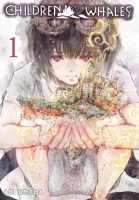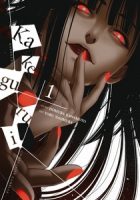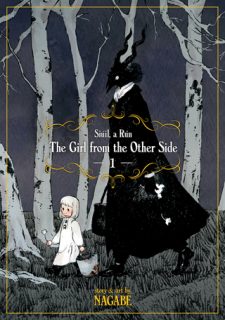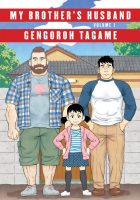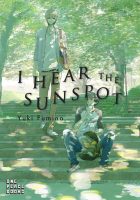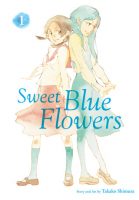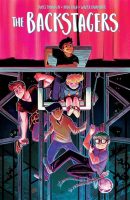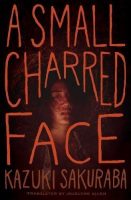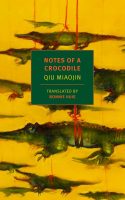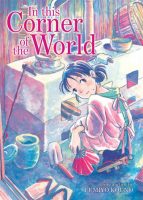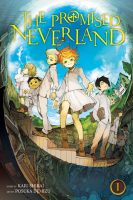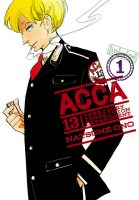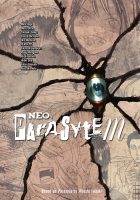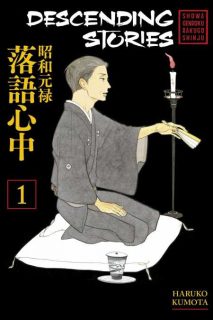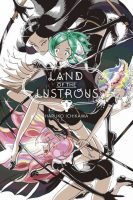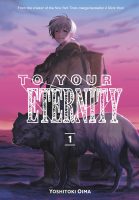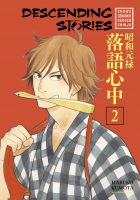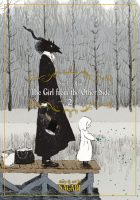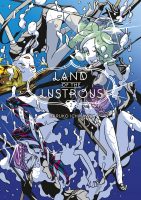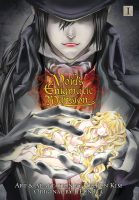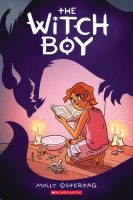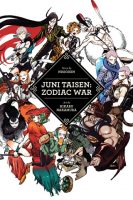 Like a well-listened to lullaby, I find myself in front of the keyboard with a manga volume beside me. And so, the song starts again. Fitting that I chose a story set in a fairy-tale world to return with.
Like a well-listened to lullaby, I find myself in front of the keyboard with a manga volume beside me. And so, the song starts again. Fitting that I chose a story set in a fairy-tale world to return with.
Prince Freya is neither a Western style fable nor a Japanese high-fantasy adventure. Rather, it has elements of traditional fairy-tale stories in the Germanic-Franco style. I bet you didn’t know that in the original version, Cinderella’s sisters were beautiful but wretched and doves sent by Cinderella’s dead mother pecked their eyes out? Yeah, brutal. Well, the same kind of logic applies in Prince Freya. Freya, a young girl living with her ailing mother in a village in the Kingdom of Tyr. Nearby Sigurd is threatening to gobble up Tyr. So, secretly, her childhood adoptive brothers come back to the village to make sure a plan in Tyr’s capital doesn’t come to fruition. See, Tyr’s plan is to use Freya to sub in for Prince Edward, the ruler of Tyr. Edward is dying from poison and needs someone to pretend to be him to save the kingdom. So we’ve got elements of Prince and the Pauper, Grimm’s Fairy Tales, and a few that I’ve forgotten the name of.
Freya herself is a big crybaby, borne from her constant, unstated, fear that the people she loves will be taken from her. So when Aaron and Alek, her brothers, have to go back to the castle empty handed, she overhears a plot by Sigurd’s officers to kill Aaron as payment for Tyr’s resistance. She volunteers to Edward to take his place, in one hell of a Faustian pact: she becomes the prince, even with her crippling emotional state, but even in saving those she cares for, some of her happiness is destroyed. I found the bulk of the first volume to deal with the unseen threats that she did not foresee: palace intrigue, people who follow the prince’s every orders being thrown off by “his” abrupt change of behaviour, and being a person she could never be in her old life. But underneath, she remains the person back in her home village. When she (literally) leaps into the role of the prince in front of the castle, her sense of justice is now augmented by her new-found power as the regent. So the same girl who reached out for hurt people as a child now wields incredible public power. Some people who distrust her now can be smoothed over, others must be left for another day. Give and take, political pragmatism, and discretion being the better part of valour. All these things she has to learn in hours. All the while, Ishihara keeps the darker side of the fairy tale in play because at every turn, inside and outside the castle, death lies in wait.
The two major male leads in the first volume, Alek and Aaron, are where the volume’s emotional gravity comes from. Aaron’s the older one, the one who had the Prince’s Black Knight bodyguard role, and he comes from the perspective of the practical soldier: yes, childhood was an adventure but there are evils out there, waiting to devour the unwary. He carries himself with the weight of a young man who knows the cost of friendship, family, and love. He’s prepared to pay it but can’t save those around him from heartache. Alek, on the other hand, is the prototypical foot soldier; hard-working but not made in the eyes of the court. Alek could die tomorrow and nobody in the castle will grieve. His cross to bear is that he has to rise to the challenges within and without or everyone he loves will be stolen from him. In many ways, he is his older brother but not a complete clone. Aaron seems to be certain that Freya needs to find her own way, however heart-breaking it is, whereas Alek thinks the same but yet as he sees it, who will protect Freya if they throw their lives away at the first sign of danger? Freya is not so much torn between them as she is trying to make sure they both get different levels of support from her while she battles her fear and terror at her role in this dangerous political play. Her upset is from them risking all for save her when she feels that she should do all she can to balance the scales.
The manga plays with all this and keeps the background machinations going as elements within the castle shift their weight as some know that Freya isn’t Edward and others don’t. These elements will end up colliding with Freya and the boys while she wrestles with her choices and decisions. The story hits hard in several scenes and reminded me that not all fairy tales end with the heroes making it out of every book. I liked how Freya loses more and more of who she and the boys were back in the village as they take on each terrifying moment. Ishihara has made a typical fantasy setting and made it more on what happens to Freya’s state of mind than what the world around her does. As the older stories tell us, there are worst things than death in a high fantasy.
Now, I put down this volume and reach for another. The lullaby goes on, the setting changes. See you next time, readers!
 Coming to Yuhi Azumi’s Cutie and the Beast, I really only had a recommendation from
Coming to Yuhi Azumi’s Cutie and the Beast, I really only had a recommendation from 